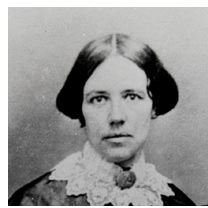Maria Mitchell Astronomer and Facts about Maria Mitchell's Life
Maria Mitchell
Born on August 1, 1818, Maria Mitchell entered a world where her natural curiosity was embraced and encouraged by parents that believed that a girls education should be equal to a boys. She was the daughter of Quakers whose ancestors had fled to the island of Nantucket to seek refuge from the tyranny being imposed by Puritans. This background seemed to have set her family on a course for breaking social norms and led to Mitchell’s immersion in the field of science - a place that had previously only welcomed male scientists.
Biography
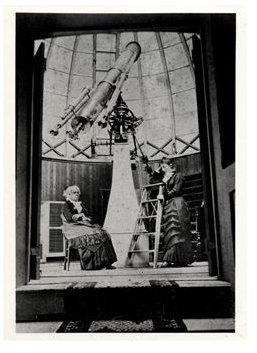
Birthdate: August 1, 1818
Birthplace: Nantucket, Massachusetts
Date/place of death: June 28, 1889 in Lynn, MA
Field of specialization: Astronomy
Education: Educated at local schools and at home by her parents, she later became a Professor of Astronomy at Vassar College
Major awards/achievements:
- First woman member of the American Academy of Arts and Science in 1848
- First woman member of the Association for the Advancement of Science in 1850
- First director of the observatory at Vassar College in 1865
- First woman elected to the American Philosophy Society in 1869
- Helped to found the American Association for the Advancement of Women in 1873 and served as president from 1874-1876.
- Attended the first meeting of the Women’s Congress in 1873 along with other notable leaders in the women’s movement such a Dr. Elizabeth Blackwell and Susan B. Anthony.
- In 1905 The Maria Mitchell Association was founded in Nantucket, Massachusetts. The house she grew up in serves as the associations museum and stores records and manuscripts.
- Elected to the National Women’s Hall of Fame in 1994.
Notable achievements
On an autumn night in 1847, Maria Mitchell made a discovery that would change her life. While her family was inside the house, Maria looked through a telescope on the roof and set the field of view on what she had at first presumed was a star. Her interest was immediately piqued as Mitchell had not noticed a star occupying this part of the sky before and she considered the possibility that it might be a comet. After a couple of nights of recording coordinates and observing, she was sure she had found a comet. Her father wrote to a professor at Harvard University who then sent a letter about Maria’s discovery to the King of Denmark. The king had made an offer to award a gold medal to astronomers who might find a comet that relied on the use of a telescope for viewing, but someone else got credit for the find before Maria was able to be recognized.
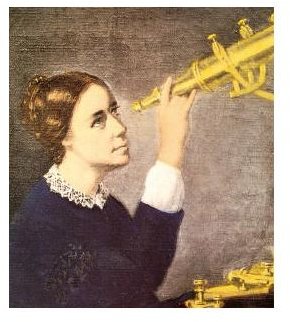
Father Francesco de Vico of Rome had spotted Maria’s comet two nights after she did, and since he was located in Europe the news of his discovery reached the king before the professor’s message got to him. After about a year, and some negotiations, Maria was deemed the comet’s finder, and it was thus named “Miss Mitchell’s Comet”. It is this comet that propelled Maria Mitchell to fame and led to a lifetime of scientific inclusion that most women of the era were not privy to.
Amazing facts
So much of what Maria Mitchell accomplished in her life is colored by the fact that these were monumental feats for women at the time. Her  finding of the comet made her an instant celebrity amongst the scientific community and even many people came to Nantucket to witness “the woman astronomer”. The offers began pouring in, and Maria had the opportunity to travel to Europe. Because of her notiarity she was the first woman able to gain access to the Vatican’s observatory; although she was only allowed to observe during the day, this was still considered quite a big deal at the time.
finding of the comet made her an instant celebrity amongst the scientific community and even many people came to Nantucket to witness “the woman astronomer”. The offers began pouring in, and Maria had the opportunity to travel to Europe. Because of her notiarity she was the first woman able to gain access to the Vatican’s observatory; although she was only allowed to observe during the day, this was still considered quite a big deal at the time.
Her contributions to the science and women’s rights have left an indelible impression that has significantly shaped astronomy and the viewpoint that women are just as mentally substantial thinkers as their male counterparts.
You can read the biography of Maria Mitchell online for free, presented by Google, and written by Maria’s sister Phebe Mitchell Kendall (see the resource section below for the link).
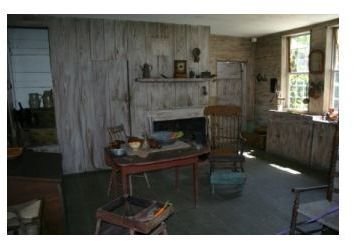
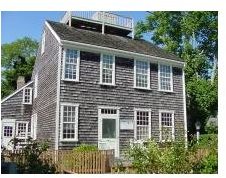
If you enjoyed this article, then you might like to read:
- “Star Parties: What are they and how do they work?”
- “How to track the International Space Station from the ground”
Credits
Resources
- Phebe Mitchell Kendall, “Maria Mitchell: life, letters and journals”, Lee and Shepard, 1896
- The Maria Mitchell Association
- Distinguished Women of Past and Present
Images
